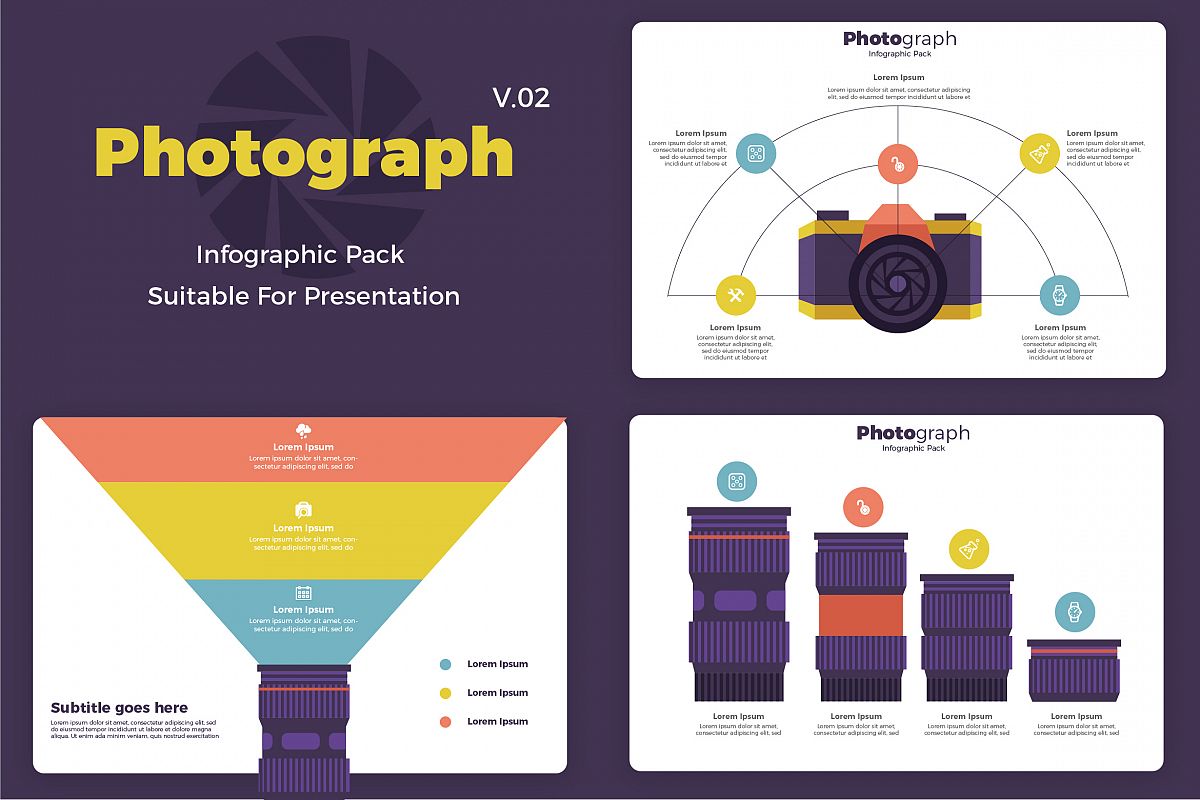Photography Tips For Beginners: Grasping Your Electronic Camera In No Time At All
Photography Tips For Beginners: Grasping Your Electronic Camera In No Time At All
Blog Article
Authored By-Christian Odgaard
When you initially pick up your electronic camera, it can feel overwhelming with all the setups and alternatives available. You might find yourself questioning how to browse aperture, shutter rate, and ISO properly. Understanding these principles is vital, however there's even more to digital photography than just technical knowledge. Comprehending make-up techniques and lights conditions can elevate your photos drastically. So, what happens if you could discover easy approaches to enhance your skills and start capturing excellent images quicker than you believe? Allow's explore just how to change your photography journey.
Recognizing Video Camera Setups
Comprehending your electronic camera settings is important for capturing sensational pictures. When you get your cam, familiarize yourself with the 3 main settings: aperture, shutter rate, and ISO. Each plays a crucial role in exactly how your pictures turn out.
Start with aperture, which controls the amount of light going into the lens. A broader aperture (lower f-number) allows extra light and develops a lovely background blur, best for portraits. Conversely, a narrower aperture (greater f-number) maintains more of the scene in focus, suitable for landscapes.
Next, concentrate on shutter rate. This setup figures out how much time your cam's sensor is subjected to light. A rapid shutter speed freezes motion, which is wonderful for action shots, while a slow-moving shutter rate can create spectacular effects like smooth water in landscapes.
Last but not least, readjust your ISO. This setting influences your camera's level of sensitivity to light. A greater ISO serves in low-light scenarios but can introduce sound or grain. Aim for the lowest ISO feasible while still attaining appropriate exposure.
Make-up Strategies
When you're out capturing, composition can make all the difference in how your pictures resonate with customers. Start by utilizing the guideline of thirds; picture your structure divided right into 9 equivalent sections with 2 straight and 2 upright lines. Placement key elements along these lines or at their crossways to create equilibrium and passion.
Next, think about leading lines. These natural lines in your scene, like roads or rivers, draw the customer's eye into the photograph, leading them via the tale you're informing.
https://news.cornell.edu/stories/2019/08/digital-photography-certificate-program-begin-october ignore framing; use components within your scene, like trees or home windows, to produce a frame around your topic, adding depth and focus.
Additionally, watch on your history. A chaotic background can sidetrack from your main subject, while an easy one aids it stick out.
source web page but not least, try out proportion and patterns; they can develop a striking picture that catches interest.
Learning Lights Conditions
Mastering illumination conditions is essential for capturing stunning photos, as the right light can change a common scene into something remarkable.
Start by observing all-natural light at different times of the day. Early mornings and late afternoons supply the most effective light, referred to as the golden hour. The soft, warm tones during these times can boost your pictures perfectly.
Do not shy away from overcast days either; diffused light can lessen harsh shadows and develop a pleasing effect, especially for pictures.
Try out backlighting by positioning your topic versus the light. This technique can develop a fanciful halo effect and include depth to your images.
Take notice of your cam settings too. Readjust the ISO, aperture, and shutter rate to suit the lighting problems. A higher ISO can assist in reduced light, but beware of grain.
Use a tripod in darker atmospheres to stay clear of blur.
Last but not least, don't forget man-made illumination. Flash and constant lights can be terrific tools for managing light in challenging conditions.
Verdict
In conclusion, mastering your electronic camera does not need to be frustrating. By comprehending your setups, applying make-up methods, and using the power of natural light, you'll swiftly elevate your photography abilities. Keep in mind, practice makes best, so go out there and try out your newfound knowledge. With time and commitment, you'll be catching sensational pictures that show your special perspective. Take pleasure in the trip, and do not fail to remember to enjoy while you go to it!
